U.S. and Allies Aim to Forge Commitments to Ukraine That Will Endure
[ad_1]
The United States and its NATO allies have agreed that Ukraine should have an “irreversible” path to membership in the alliance and are enshrining the phrase in a document to be released during this week’s summit in Washington, U.S. and allied officials say.
While there is no consensus yet about Ukraine joining NATO, the strengthened language would show that there is movement in that direction. The United States was once deeply skeptical about whether Ukraine was ready to become a member, and while questions remain, more and more American and European officials believe that the country will eventually be able to join.
Officials say there could always be a last-minute change before the document is released, but that the member nations had reached broad agreement in recent days.
The document, the summit communiqué, will not lay out an exact timeline for membership, which the Ukrainians have been asking for, and will insist that Ukraine first prove it can manage corruption and abide by strong democratic and law-based governance — conditions also set for other alliance members, officials say. But it should be welcomed by Ukrainian officials who have been pushing for language along the lines of “irreversible,” they say.
U.S. and allied officials are negotiating the commitments they plan to make to Ukraine with new urgency, given the uncertainty over whether President Biden, a staunch opponent of Russia in its war, can win re-election this fall, according to officials in Washington.
The officials say it is critical that leaders of the 32 member nations gathered in Washington this week use strong language to signal that Ukraine has a viable path to joining the alliance, even if that does not happen immediately because of the war.
They also say the leaders must agree to concrete steps to ensure the alliance is the main organizer of military and humanitarian aid to Ukraine rather than the United States.
Looming over the talks is the specter of a second Donald J. Trump presidency. Mr. Trump has expressed admiration for President Vladimir V. Putin of Russia, criticized Ukraine and expressed doubts about sending any additional U.S. military aid to the nation. And in his first term, Mr. Trump talked about withdrawing the United States from NATO.
Because of these concerns, officials and analysts say that “Trump-proofing” the alliance and aid to Ukraine is an important element of the talks this week. “Ukraine can and will stop Putin, especially with our full, collective support,” Mr. Biden said in a speech on Tuesday night.
The discussions include:
Beyond solidifying foundations that could endure into a Trump presidency, the leaders are also trying to head off criticism from President Volodymyr Zelensky of Ukraine, who last year accused the alliance of waffling on a promise to give his country membership.
But a more amicable version of Mr. Zelensky arrived in Washington on Tuesday. He expressed thanks for the support given to Ukraine so far while prodding the administration to continue relaxing its restrictions on the use of U.S. weapons in Russia and sending immediate aid.
“It’s time to step out of the shadows to make strong decisions to act and not wait for November,” he said in a speech, referring to the U.S. presidential election. “We must be strong and uncompromising all together.”
Ukraine’s Path to NATO Membership
The debate about the communiqué revolved around whether to say that Ukraine has an “irreversible” path to NATO membership and what conditions to attach to that.
As of Tuesday, allied officials had decided to include the word “irreversible,” but that could change before the document is released, officials say. The alliance grants membership only by unanimous consent, and U.S. and other officials have been wary of what Hungary might say. The country’s prime minister, Viktor Orban, visited Russia and China before arriving in Washington and is more sympathetic than other NATO leaders to Mr. Putin.
U.S. and allied officials say that in any case, a mutual defense clause in the NATO treaty makes it difficult to allow Ukraine in while it is at war. The alliance wants to avoid a direct war with Russia, a nuclear power.
Officials have discussed a way to avoid setting a strict timeline for Ukraine’s membership: by insisting that it must first be relatively free of corruption and have more robust democratic and law-based practices.
Some analysts in Washington who have pushed for greater support for Ukraine say that NATO leaders need to give the country concrete benchmarks.
“Obviously we need to accelerate Ukraine’s path,” said Alina Polyakova, the president of the Center for European Policy Analysis. “The problem is we’re arguing on the margins over terminology and semantics and not over the bigger strategic objective, which is how to get Ukraine into NATO as quickly as possible.”
Committing to More Aid
Jens Stoltenberg, the secretary general of NATO, urged top diplomats at an alliance meeting in Prague in May to commit to collectively giving Ukraine 100 billion euros in military aid over the next five years.
He could not get consensus. Now officials say they aim to announce that the alliance will give 40 billion euros of military aid to Ukraine next year, equal to the current level of assistance.
A multiyear commitment could have helped the alliance prepare for political uncertainty in the United States.
But even with a longer-term arrangement, there are no guarantees: When he was president, Mr. Trump withdrew the United States from the Paris climate accord and the Iran nuclear limits agreement, which were both negotiated by President Barack Obama.
Increasing Members’ Military Spending
There is another numbers concern: Mr. Trump has often criticized NATO members for not spending more on defense.
The allies agreed in 2014 to spend at least 2 percent of their economic output, or gross domestic product, on their militaries. At the time, only the United States, Britain and Greece were meeting the goal.
During the 2018 NATO summit, Mr. Trump railed against allies for that failure and then surprised leaders by demanding an increase of the benchmark to 4 percent, a goal that would have been out of reach for many alliance members. He said the United States would “go its own way” in 2019 if military spending from other NATO countries did not rise.
Mr. Trump so upset NATO leaders that they abandoned plans to hold a 70th anniversary summit the next year in Washington, fearing he would ruin it.
Mr. Biden noted in his Tuesday speech that in 2020, when he was elected, only nine countries had reached the 2 percent goal. Now, 23 of the 32 member nations will spend at least that. “It’s remarkable progress,” he said.
NATO officials intend to highlight that achievement throughout the summit.
“The best way for NATO to Trump-proof itself is quite simple: It is for every nation to meet the 2 percent of G.D.P. guideline for defense spending to which the entire 32 nations have agreed,” said retired Adm. James Stavridis, the former supreme allied commander for Europe.
A New Command
To guard against any future decline of the United States’ role in supporting Ukraine, the alliance is setting up a mission in Germany to coordinate assistance.
After Russia’s invasion in February 2022, the United States took the lead in organizing military aid. That assistance has been coordinated through the Ukraine Defense Contact Group, which is run by Defense Secretary Lloyd J. Austin III and includes representatives from allied nations. While that group will continue, NATO is setting up a separate office in Germany to coordinate aid of all kinds to Ukraine.
“The name of the game is to build up deterrence against Russia as strongly as possible in order to withstand a lack of U.S. participation, or, worse, attempts at or actual withdrawal,” said Evelyn Farkas, a former senior Pentagon official in the Obama administration who is now head of the McCain Institute, a democracy advocacy group.
Keeping Asian Allies Close
Creating a tighter web between NATO and Asia-Pacific countries allied with the United States — Japan, South Korea, Australia and New Zealand — also helps hedge against any uncertainty that would arise from a second Trump term, Dr. Farkas said.
A U.S. president might find it harder to extricate the United States from commitments and partnerships if NATO and Asia-Pacific allies of the United States spoke with one voice on important issues, such as Russia or China.
Although Mr. Trump expresses admiration for Xi Jinping, China’s leader, he seems willing to appear tougher on China than Russia, such as when he imposed tariffs on some Chinese products.
Documents from NATO meetings of recent years have included language criticizing China. European nations have grown more suspicious of China because of its support of Russia. And they increasingly see China’s belligerent statements and military actions toward the democratic island of Taiwan as a kind of parallel to Mr. Putin’s hostility toward Ukraine.
The summit communiqué will have language that highlights China’s recent aggressions, officials say.
“NATO’s toughening language on China and its deepening engagement with four key Asia-Pacific allies of the U.S. reflect broadly shared views about Beijing’s assertive behavior and the linkages between security in Europe and Asia,” said Ben Bland, the director of the Asia-Pacific program at Chatham House, a London-based research group.
“However, there is a spectrum of concern about China among NATO’s European members,” he added. “A minority, such as Hungary, are actively courting deeper ties with Beijing, while heavyweights such as France, Germany and the U.K. are seeking to de-risk their relationships with Beijing but still remain reluctant to embrace some of the more confrontational aspects of Washington’s China policy.”
[ad_2]
Read Nore:U.S. and Allies Aim to Forge Commitments to Ukraine That Will Endure

 Canada
Canada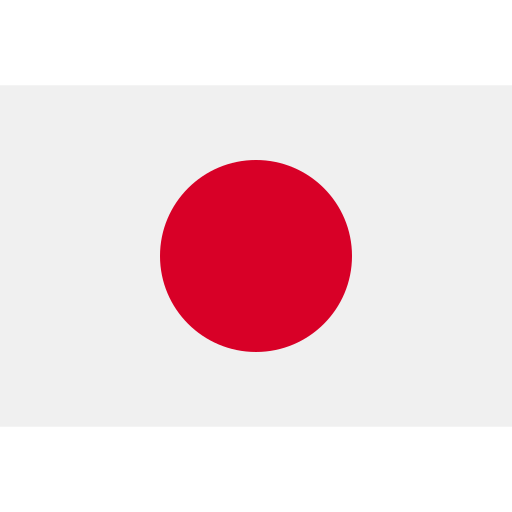 Japan
Japan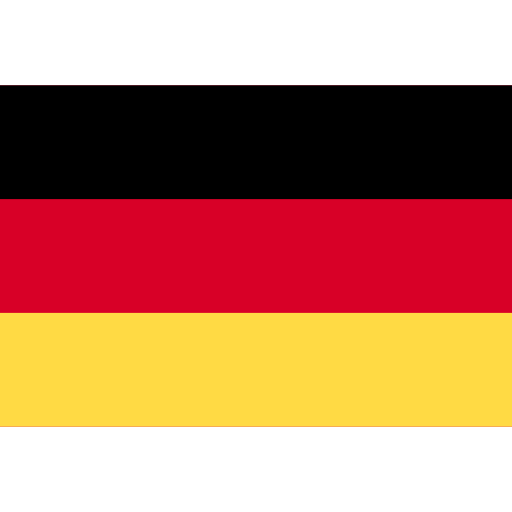 Germany
Germany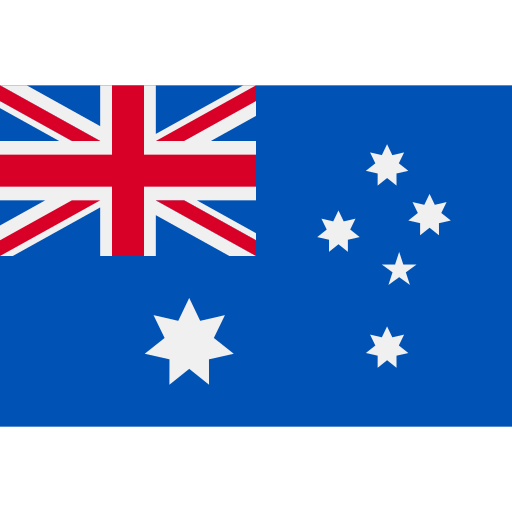 Australia
Australia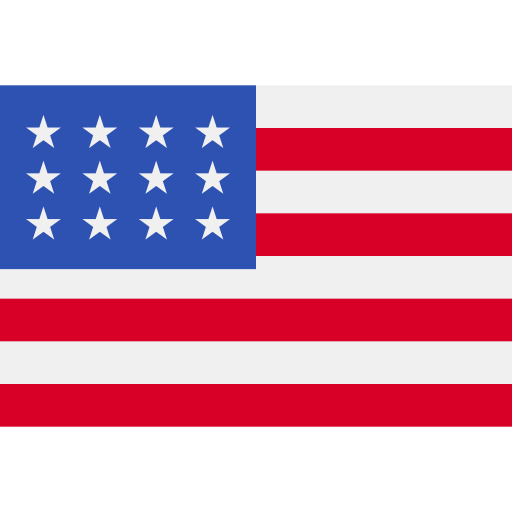 United States
United States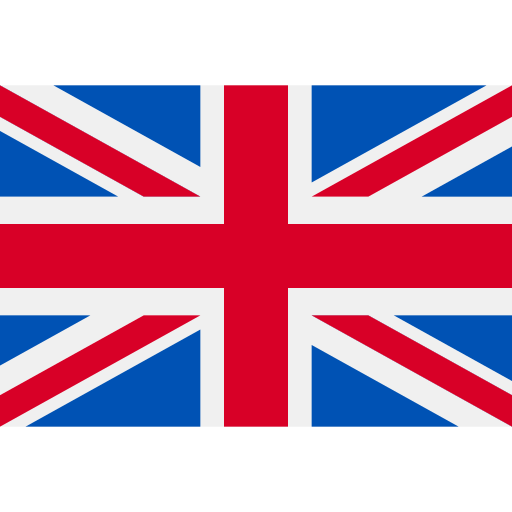 United Kingdom
United Kingdom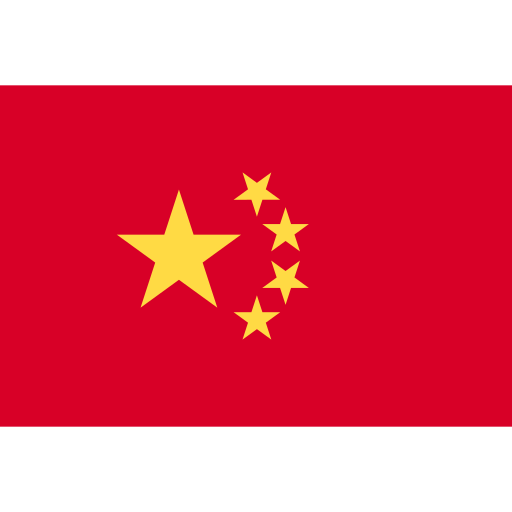 China
China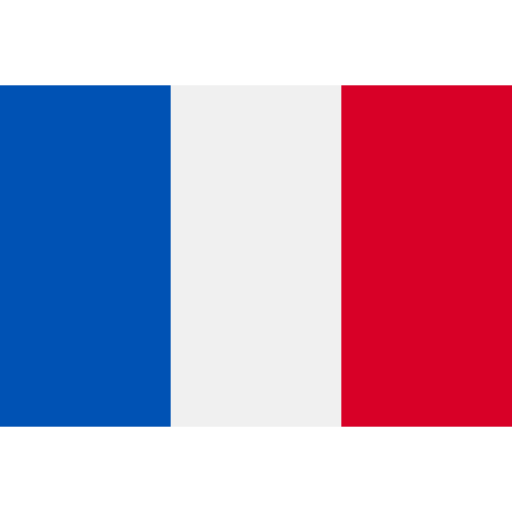 France
France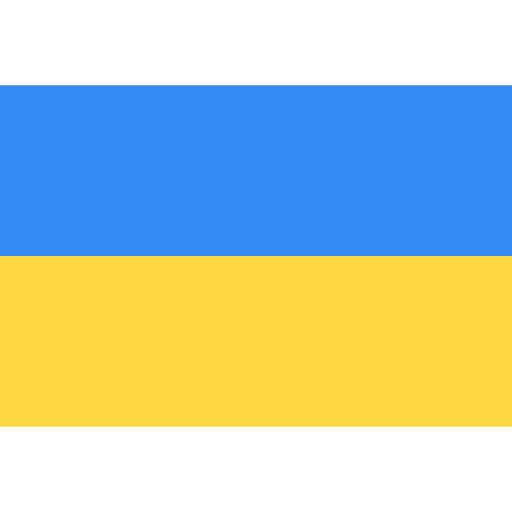 Ukraine
Ukraine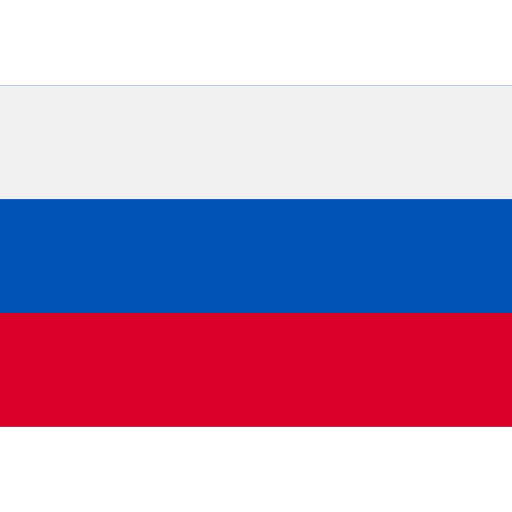 Russia
Russia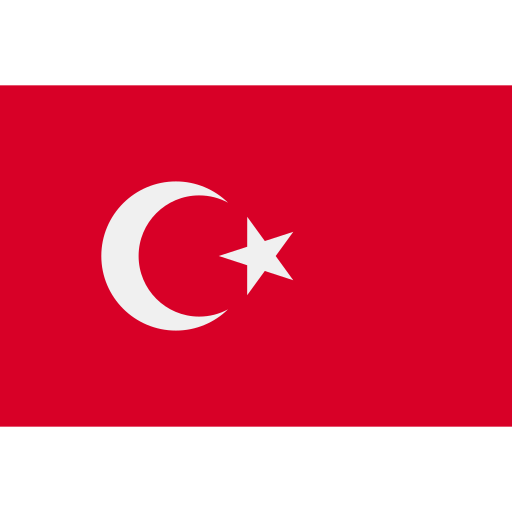 Turkey
Turkey
Comments are closed.